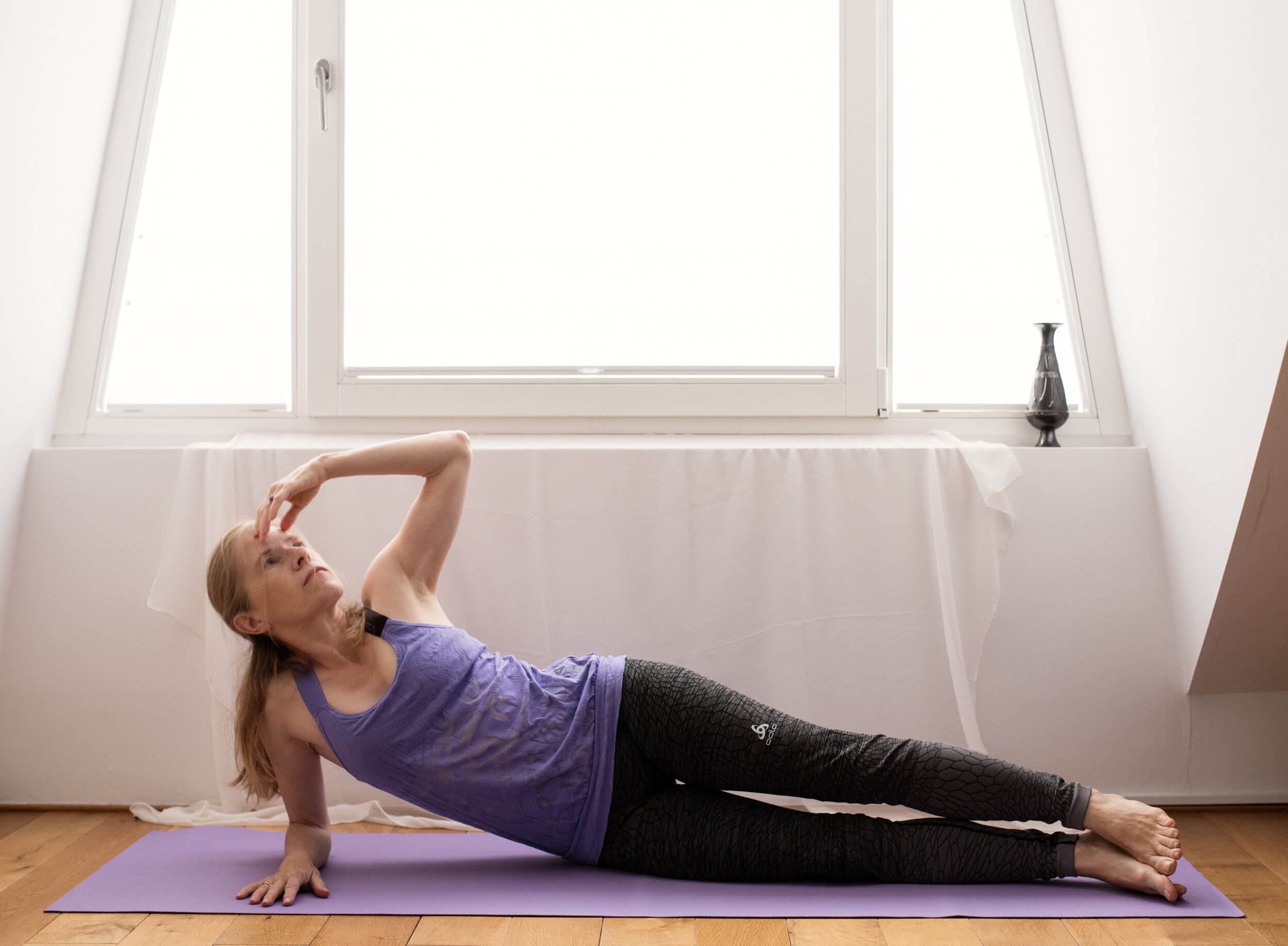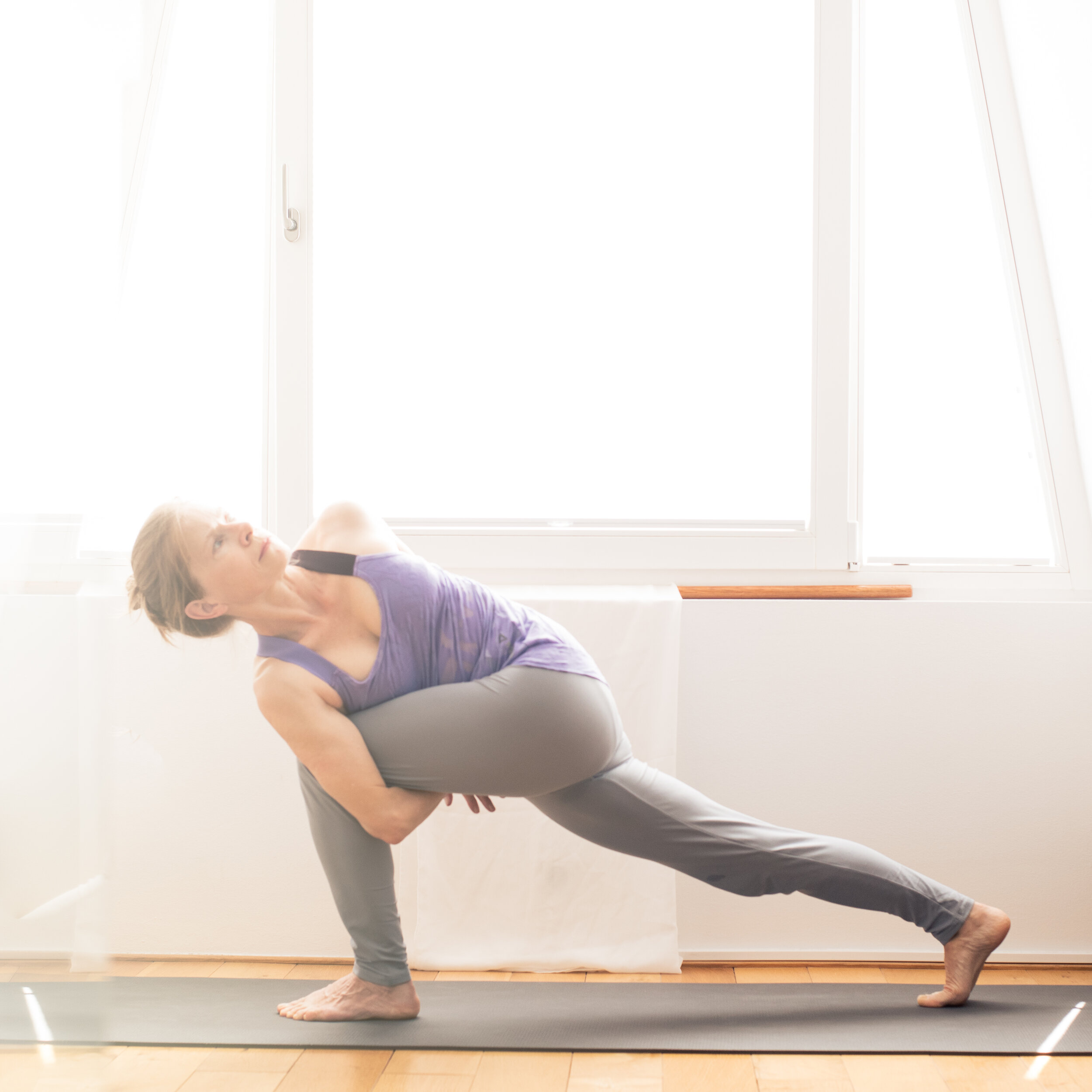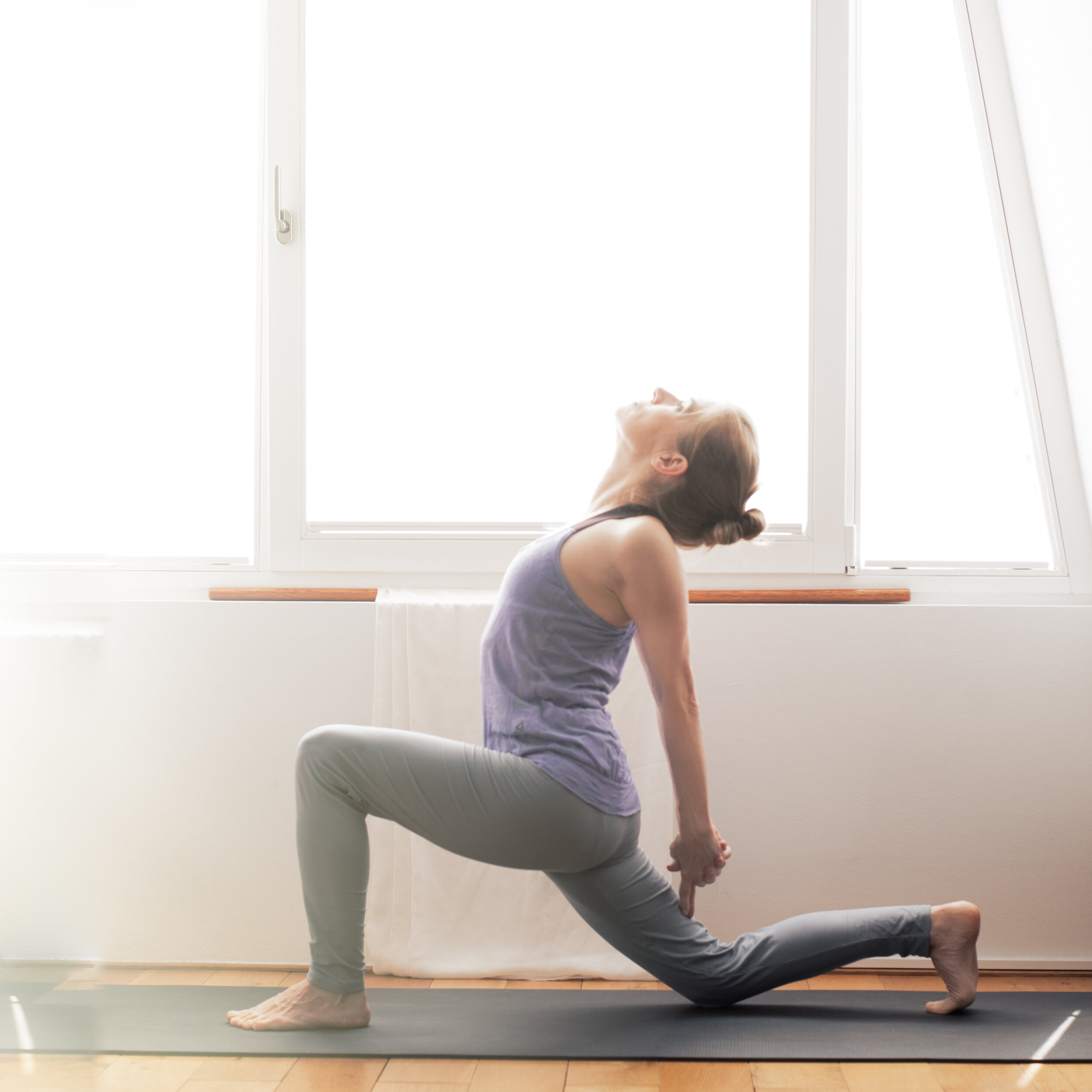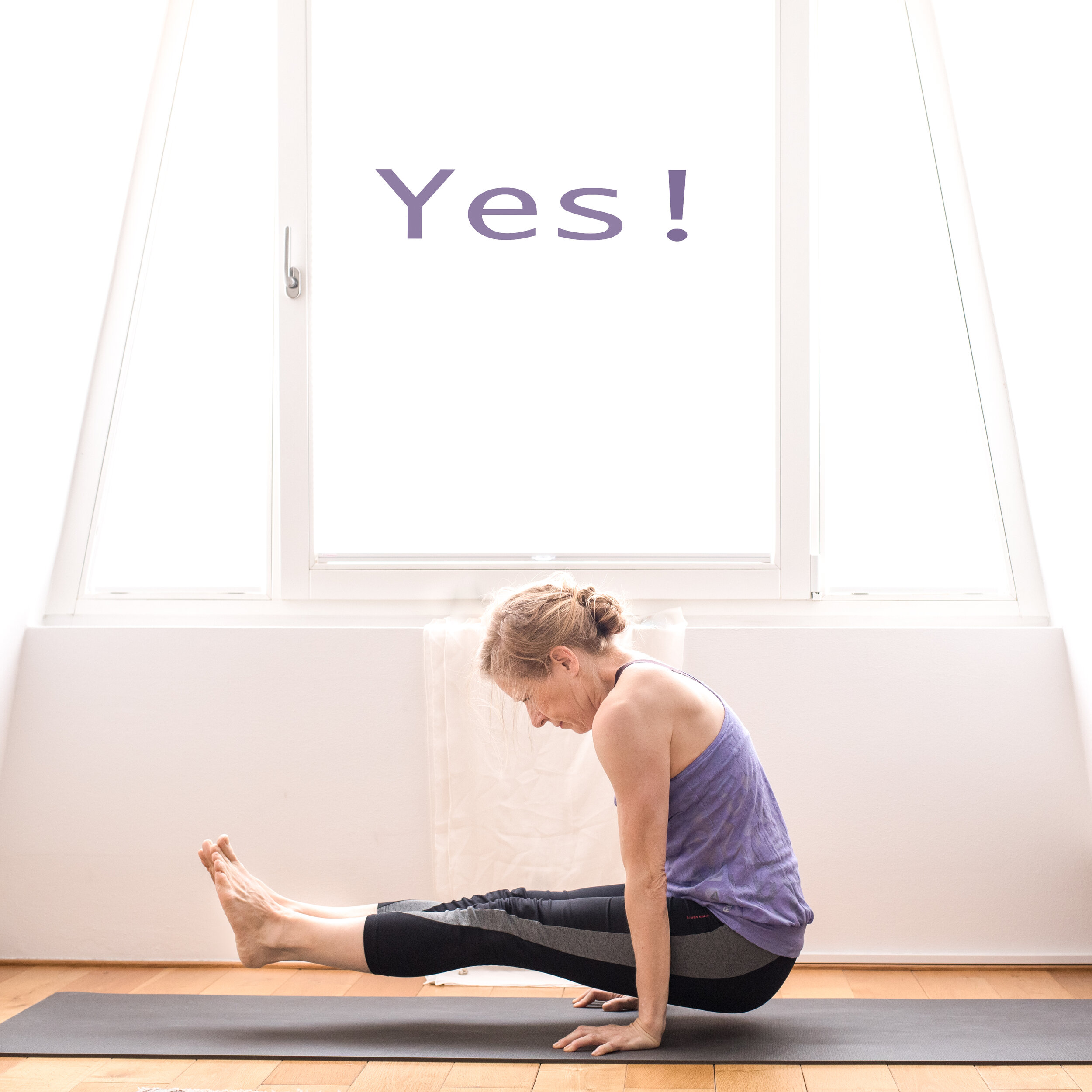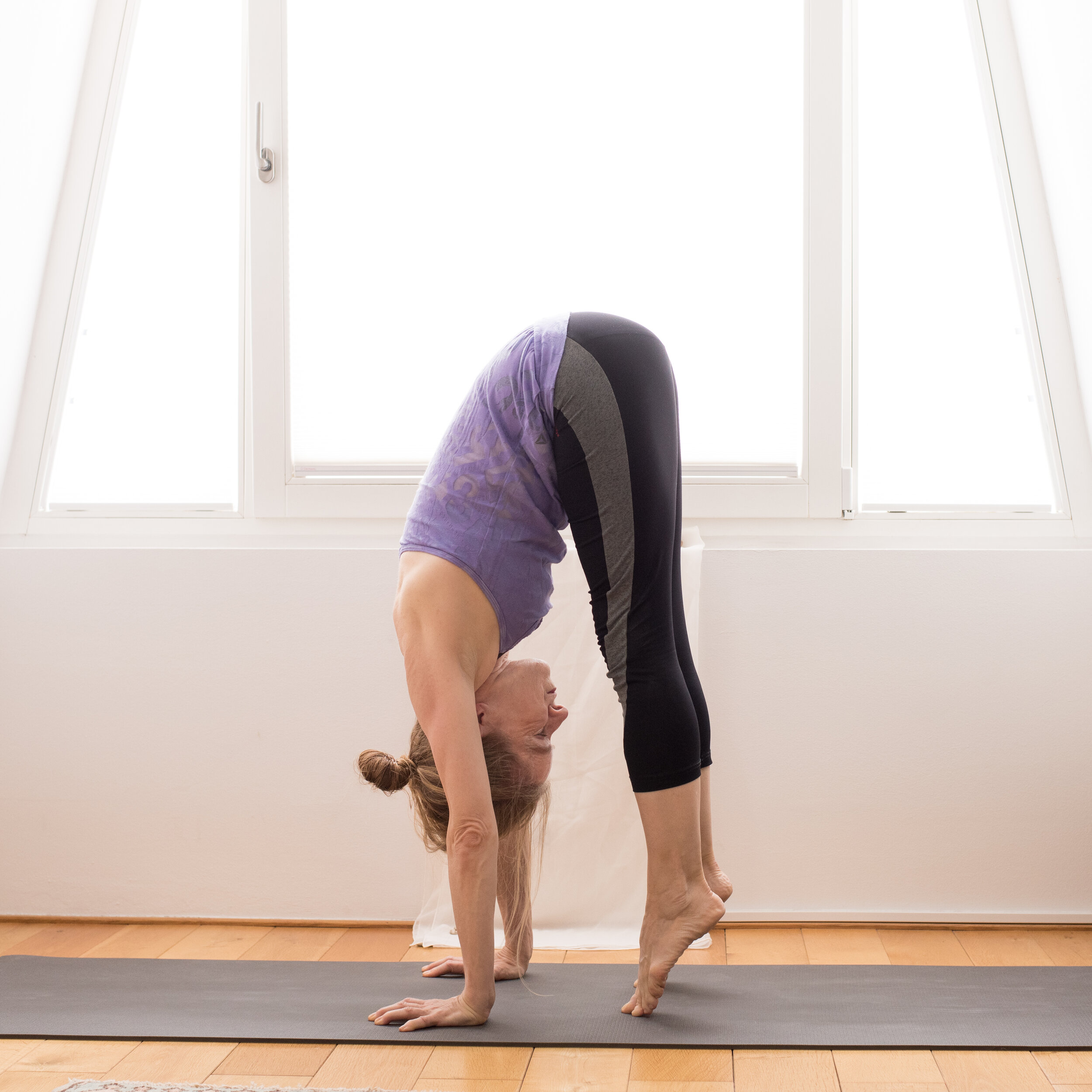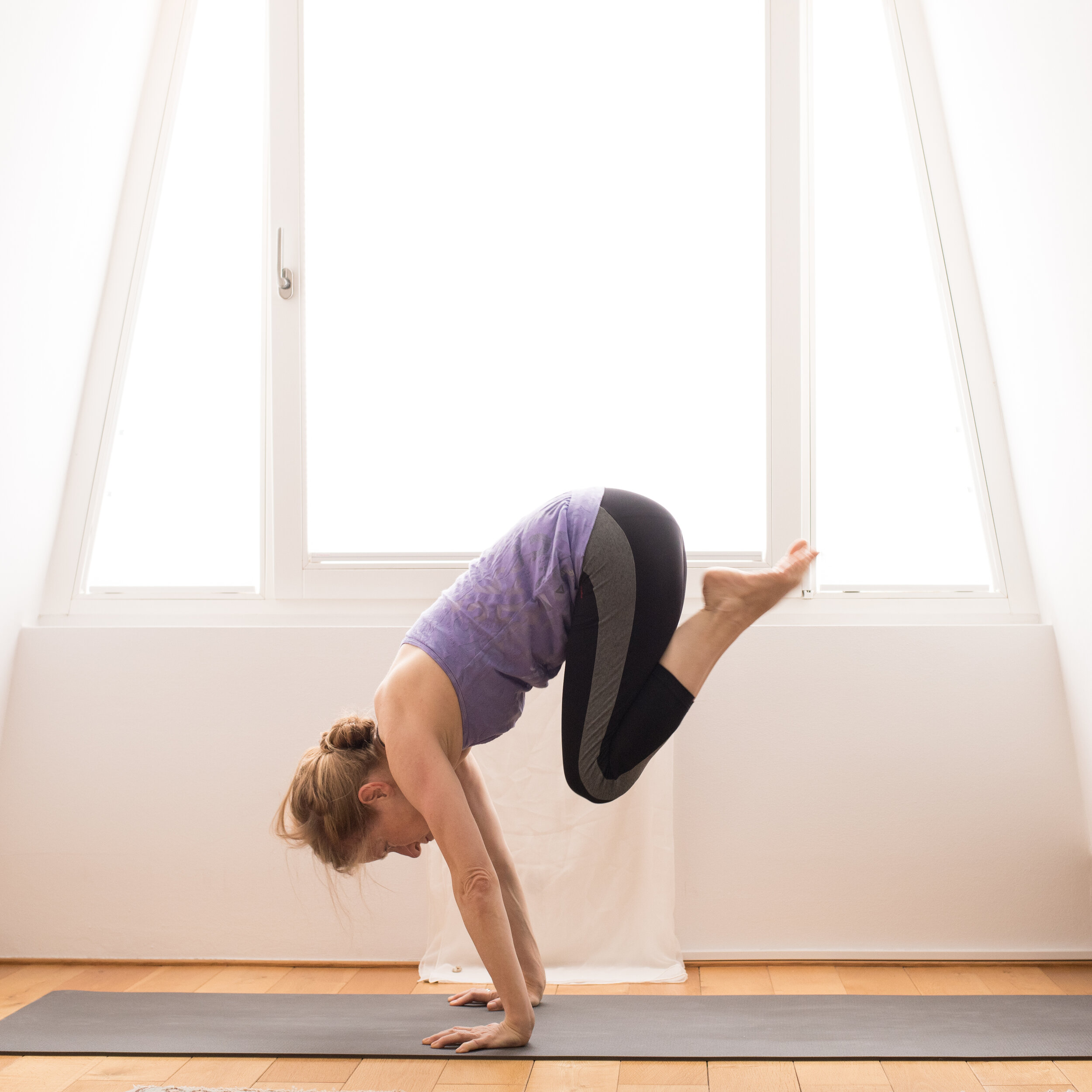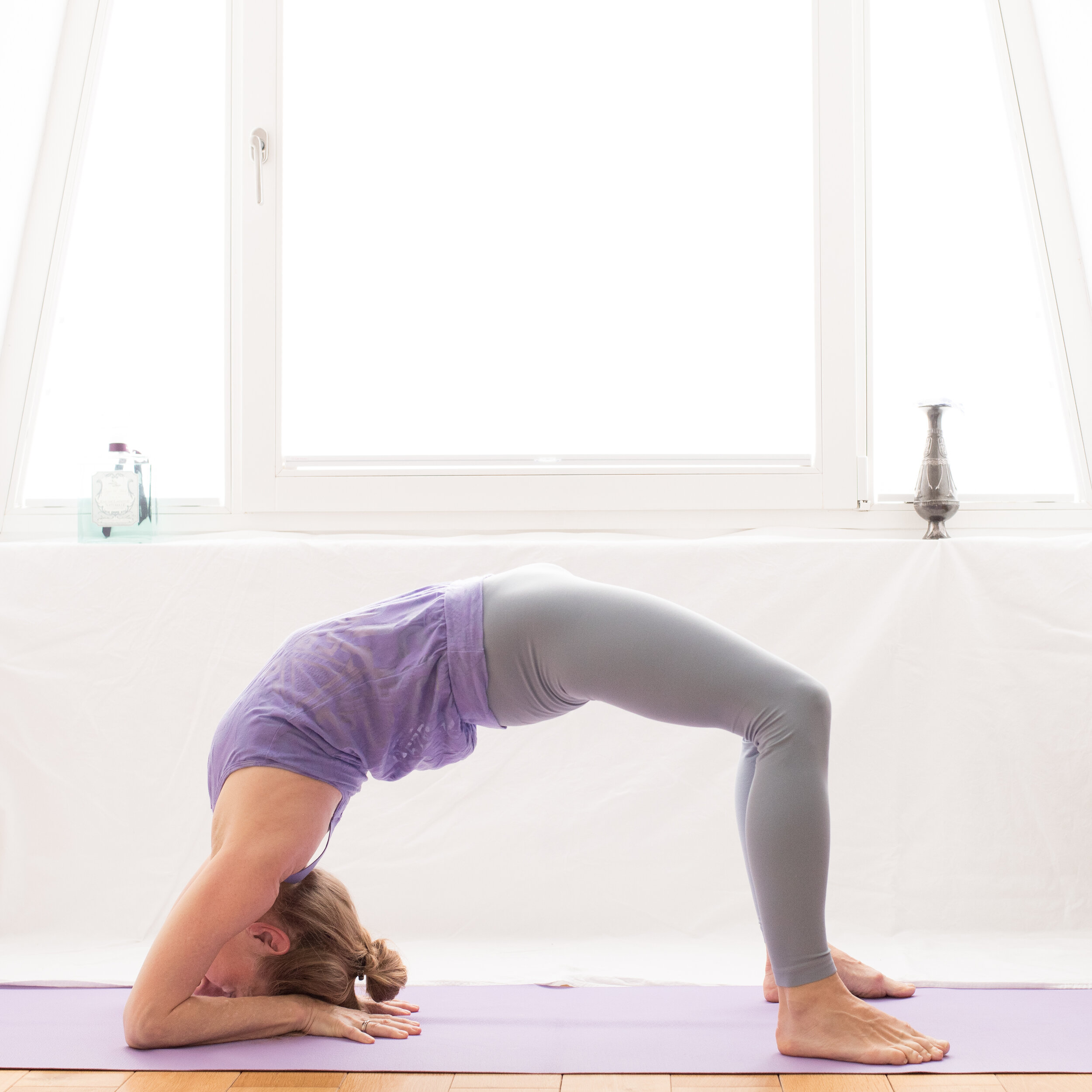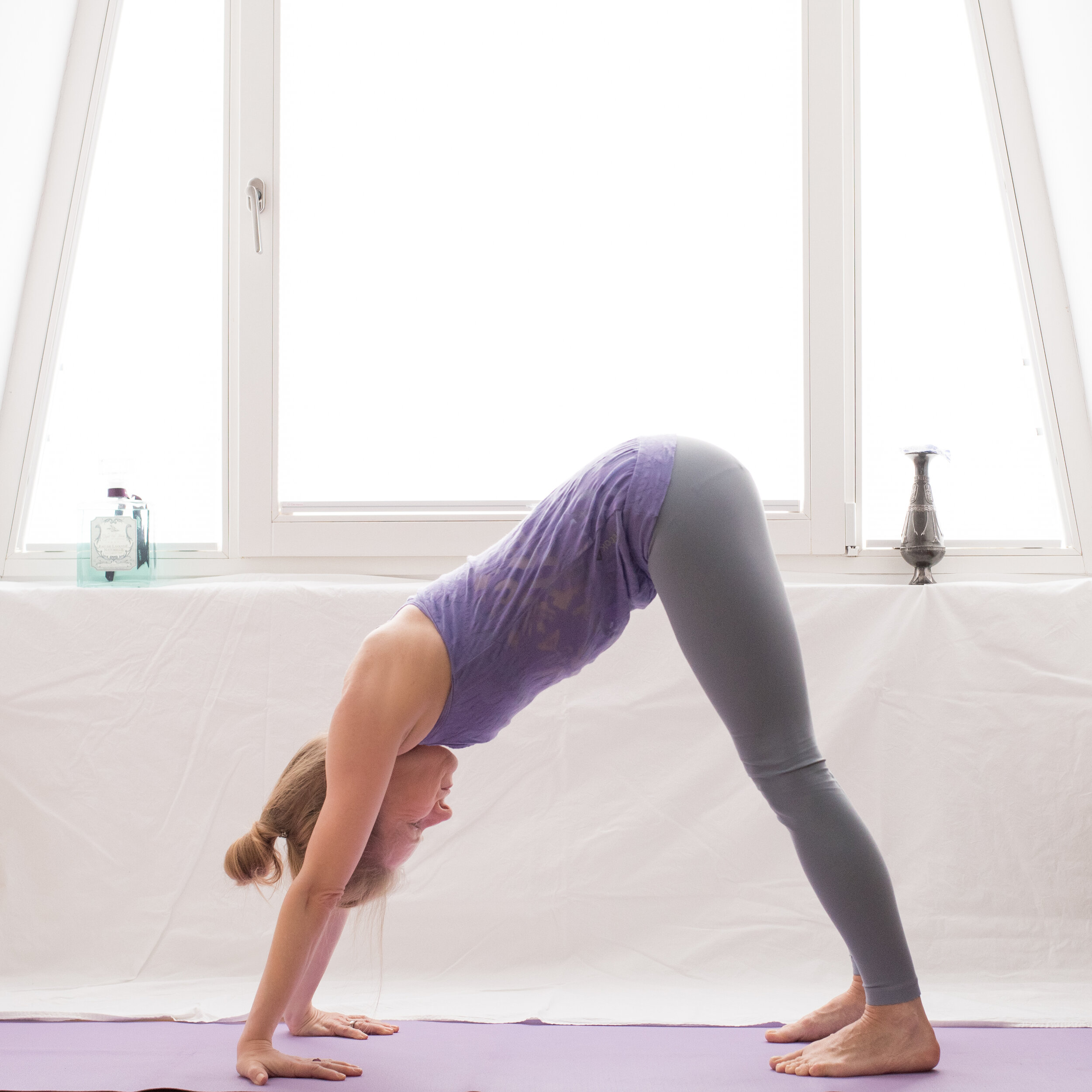Of course one can learn some skills very fast. Headstand (not handstand) can be learned within half an hour. The Sivananda Yoga schools still offer headstand workshops that last 30 minutes. I learned sirsasana from Sivananda teacher. The teaching was convincing. If one knows how to do it, one is able to do it. The issue in other yoga styles is that even the teacher does not know how to teach it. They send the students to the wall and this makes it very likely that this student will never learn headstand in the middle of the room.
I’m convinced that most processes can get more drive, more speed. Doing things right usually speeds up the process. Quick fixes on the other hand are often a bad solution to an issue or goal.
Yet in the meantime almost every branch offers quick fixes that are lousy solutions. Often it deserves the name fraud.
A quick fix is to go to a restaurant. Since Corona I cook. The restaurants were closed. Yet I started to eat out for lunch since the restaurants are open again. Very seldom I eat out, but each time I regret it. It’s not a good solution when I want to eat well. True is that my stomach gets quickly something to eat. But usually I gain weight, I feel full after lunch. If I get only few vegetables I’m happy. I compromise already when I order a vegetarian meal as most restaurants don’t have vegan options. I get quick something to eat that’s the point. It takes time to cook. I must have ingredients at home, I must cook and do the dishes afterwards. But it’s so much better and healthier than a quick fix.
Many doctors offer quick fixes. A patient has high blood pressure. Instead of talking about the possible causes for instance the weight, the doctor has a pill. This pill must be taken for the rest of the life of this patient. To lose weight would be the better solution, yet this takes time. It often requires that someone changes habits. A quick fix is often welcomed, but it remains a lousy solution in comparison to start a healthy life. There are pills for almost every ‘disease’.
In the photography community quick fixes are offered, too. It sounds like that: Use square format. In addition use the filters we’re offering for only xy-Dollars and your pictures are better. Yes, might be. But nobody becomes a better photographer that way. Applying filters is fun, a quick fix. Learning photoshop takes time. It comes with frustrations, but it opens a world of creative possibilities.
We all know the get rich quickly books. It can happen for sure. If someone has a strategy that makes him/her rich in 80 years, it’s not such a good strategy. If someone wins the lottery he/she gets rich quick. How often does this happen? There are ways to speed up the process of becoming wealthy. If someone offers 25 % interest or even more if banks pay 0 interest, one can be sure that through this quick fix someone will lose money. It’s fraud and no quick fix.
Diets is another huge topic. Lose 5 pounds within a week. Most diets cause the opposite the client wants. The promise to lose 5 pounds within a week might be realistic, but what after the 5 weeks. Many people gain weight. Soon they weight more than before the diet. A quick fix was harmful.
It’s now the same with yoga. Splits within a week. 80.000 went through the program and learned the splits already. I read the comments and found some critical ones. I saw this advertising many times already and changed the preset. Quickly a message by fb popped up. You were interested in ads like this. Have you changed your mind? Learning asanas takes time. It’s a journey. Splits require stretching and this takes time. Quickly one is overstretched and injured. Indeed one can speed up the learning process through right exercises, commitment, repetitions, daily practice. Some yogini learn faster than others. Some are talented and are able to do all poses almost at once. Most people have to start a learning process that last forever. If you stop practicing the splits after a week you’ll lose this ability to split. It’s that simple.
No quick fix for me today:
My yoga practice humbled me already. Since a decade I work on some poses. I’m still burning to learn kapotasana, standing up from urdhva dhanurasana and so on. I can tell already how it feels to face frustrations and joys, mountains and valleys, ups and downs. I keep practicing.
I have the motivation to prepare my own meal today, because it tastes so much better and it’s so much healthier. Staying healthy is important.

